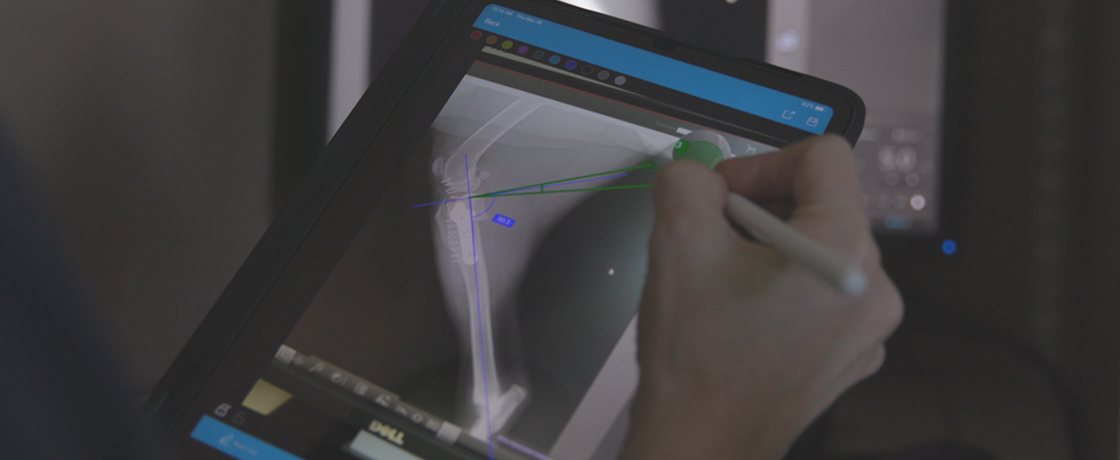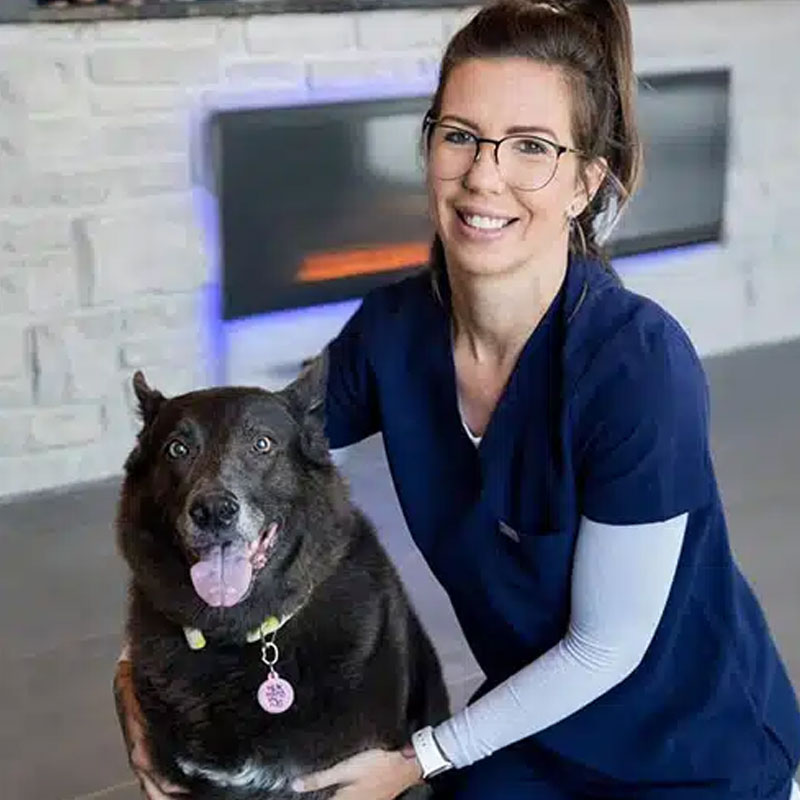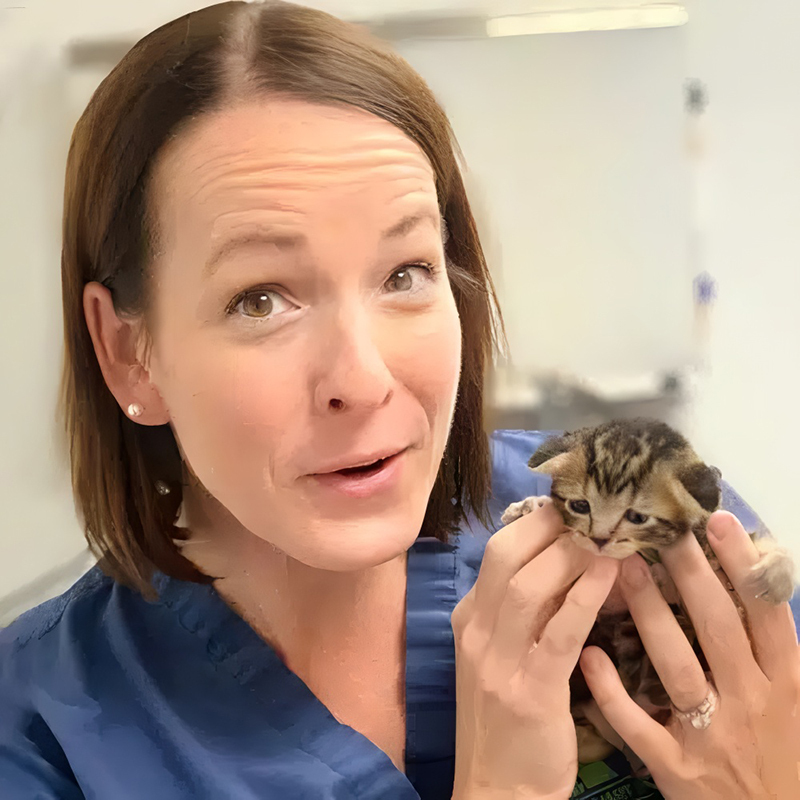Advanced Surgical Solutions for Cruciate Tears
Restoring mobility and comfort through precise orthopedic care.
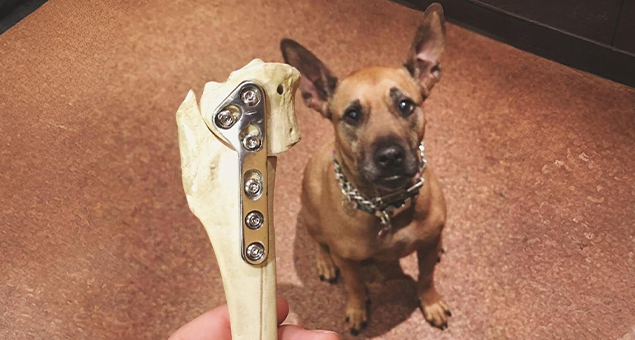
Cranial Cruciate Ligament Disease (CrCLD)
CrCLD is one of the most common orthopedic conditions affecting dogs, and occasionally cats. It involves the gradual weakening or rupture of the cranial cruciate ligament, which is a key stabilizer in the knee joint (called the stifle in animals). This ligament is similar to the ACL in humans and prevents the shinbone (tibia) from sliding forward relative to the thighbone (femur).
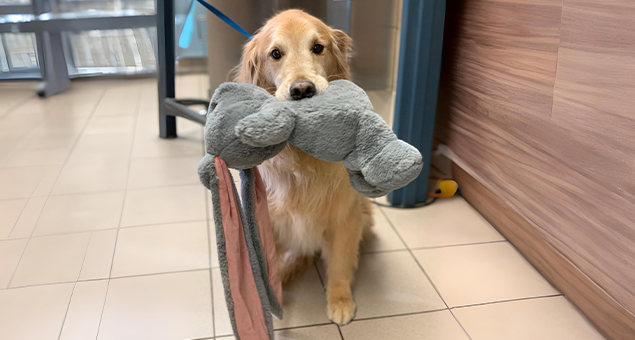
CrCLD Causes
Rather than being caused by a sudden injury, CrCLD typically results from chronic degeneration of the ligament over time. Factors like age, breed, genetics, obesity, and poor physical condition can all contribute to its development.

